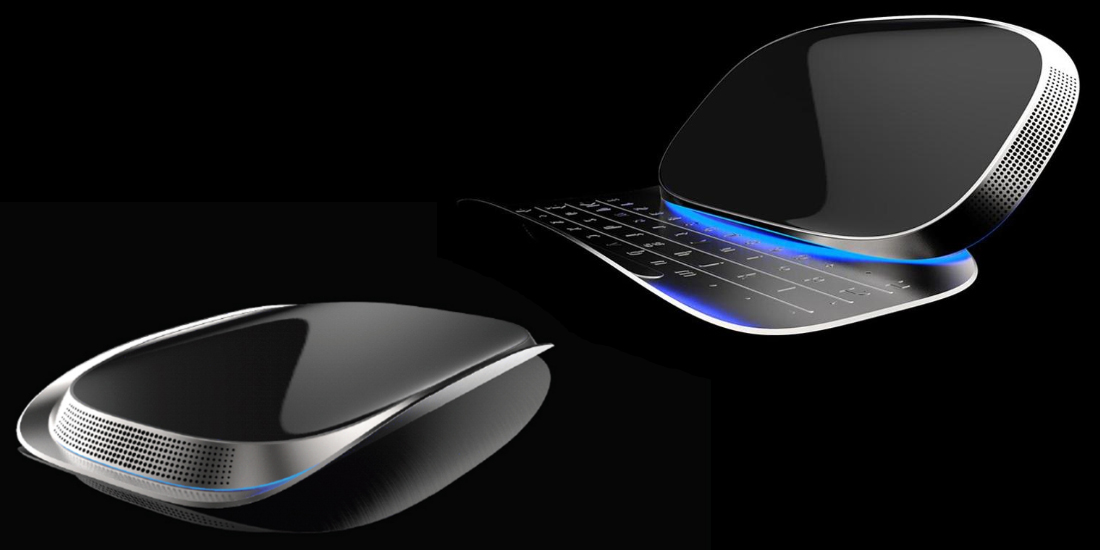Its first smartphone, appropriately named Turing Phone, became famous thanks to the high standards of privacy and security before it. In terms of software, of course, but also hardware, because the body was made of "liquidmorphium", metal alloy more resistant with steel and titanium. However, despite the development with various product issues, which have to hit the market in late 2016 with a delay of a year compared with what was announced, the Turing Robotic Industries has been already thinking about the next phone planned to be released. Powerful, at least on paper, at the level of PCs, and at the highest level of a smartphone.
Cadenza and Monolith, these are the codenames of new phones, are respectively equipped with two and three Qualcomm 830 processors, with 12 and 18 GB of RAM, plus 1 TB of storage space, screen resolution of 4K, four SIM card slots, and a 60 megapixel camera. Greatly exaggerated, almost unreal numbers, which are accompanied by a futuristic design in the true sense of the word, that make them look like taken from a science fiction movie.
It is not so much so in the case of Cadenza, which follows the classic form of current smartphones, but of Monolith, which has sliding keyboard and an overabundance of sinuous lines and a metal that looks really good to be true. Moreover, as to arouse more than one doubt about the veracity of these products, we have the promises of Turing. The company claims that both will be available in 2018, but after the first effort and the significant delay with which are barely able to sell its first product, casts many shadows on the feasibility of these super-smartphones. Intended, perhaps, to remain as beautiful visions of a still very distant future. We must wait, as usual.

Cadenza and Monolith, smartphones of the future